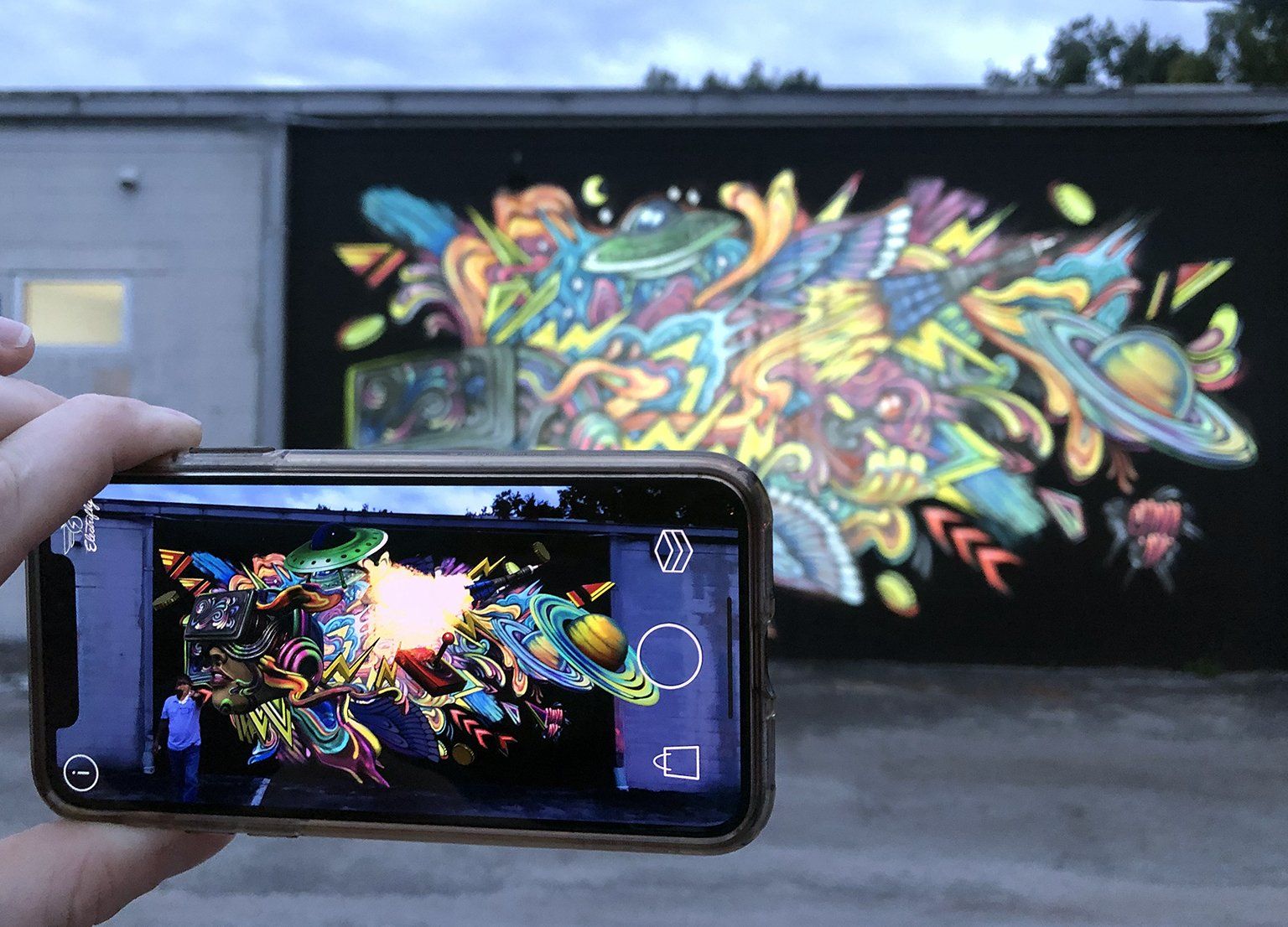Earth Day 2022: How augmented reality helps the environment
Augmented reality and the environment

Nowadays, if we get something from a store and we are not satisfied, the retailer will take it back, no questions asked. Simple enough; the convenience of these transactions has become a perk.
Amazon’s return policy has become the gold standard for other retailers to follow. Here’s the return policy at the ‘Everything Store:’
All return-eligible items, weighing under 50 lbs and sold by Amazon, have at least one free return option. You can return the item for any reason in new and unused condition for up to 30 days after purchase.
But what is lost on many is exactly what happens to the returned item once its out of your hands.
Recent reports have revealed that many of these returns – some with legitimate functionality issues and others because they are, perhaps, the wrong color – go into landfills.
In an age when environmentalism and pollution awareness are at all-time highs, the solution to this might actually be in augmented reality.
Can AR positively impact return rates by giving consumers a better opportunity to visualize that couch they just bought off Amazon, for instance, in the middle of their living room?
As we celebrate Earth Day 2022, we at BrandXR believe it can and the data already backs us up.
Results of a study conducted by Shopify last year showed that returns decrease 40 percent when shoppers use some form of 3D augmented reality visualization while shopping.
It makes sense, right?
If I can visualize that couch or maybe an end table in my apartment, among my artwork, appliances, etc., it only stands to reason that I am less likely to be disappointed when it ships because I’ve already seen what it would look like.
Returns in the furniture industry specifically represent yet another good example here.
According to Aequilibrium, an AR business that monitors the industry, 7 percent of furniture is returned, typically.
With augmented reality, however, that number has been shown to drop to less than 2 percent.
Fashion returns drop by about half, as well.
The result of widespread adoption – and to get back to the point – means less items being returned and potentially shipped off to the landfill in the sky.
More than 5 billion – with a B! – pounds of returned goods end up in landfills EACH YEAR.
That’s mind-boggling to think about but, more importantly, it’s even more stressful when you think about how these items contribute to pollution.
These returns, as The Verge says in THIS ARTICLE, “leave a trail of emissions from the various trains, planes and giant trucks that carry it back to the seller.”
And it’s only getting worse so perhaps now is the time to say, “How can AR make it better?”
Well, here are three ways using AR might help.
1. Consumers can visualize products in real-world environments like at home or at work, allowing them to evaluate how the product fits into their life.
2. 3D + AR Product Visuals educate consumers on product features and functionality.
3. Interactions with 3D + AR Product Visuals entertain and engage customers unlike other product media like photos and videos.
In the meantime, here is another resource you can use to see what measures you can take and how they will reduce your carbon footprint.
CLICK HERE














